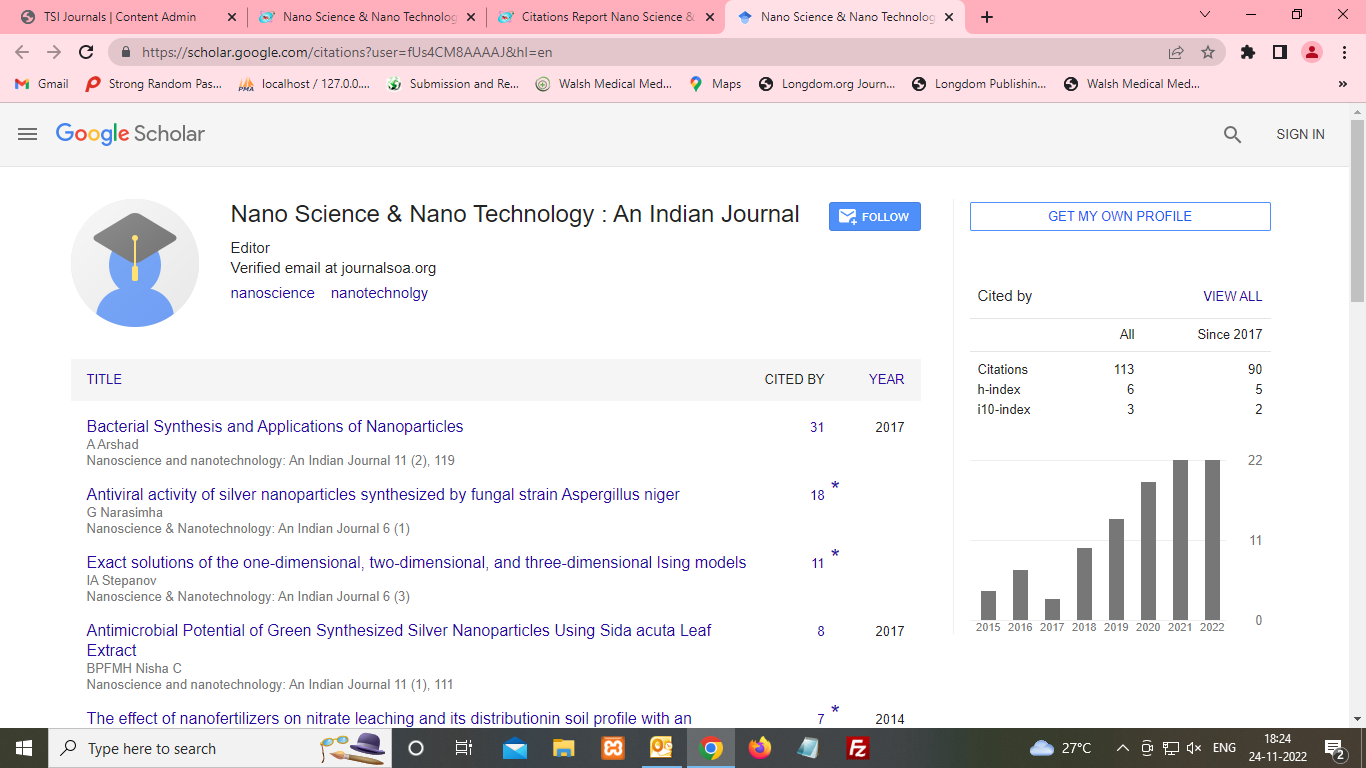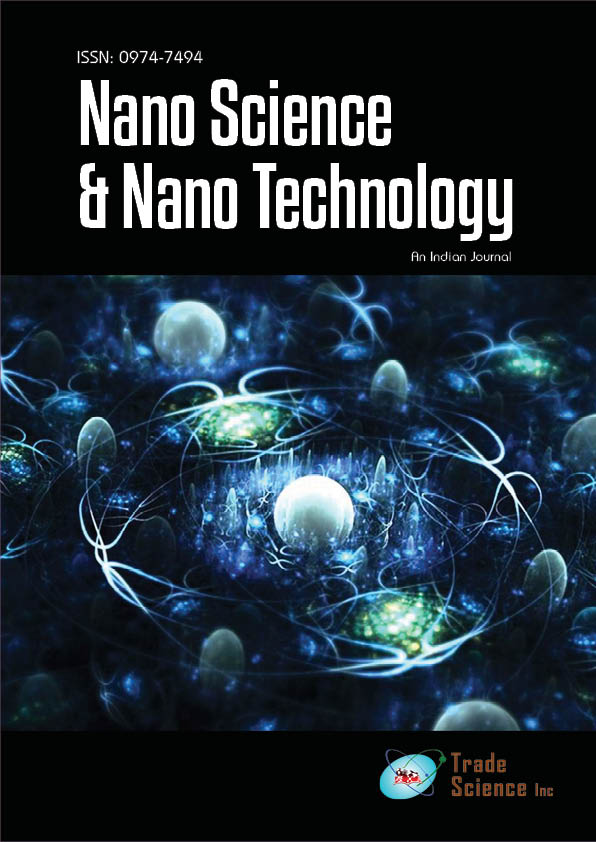Abstract
Inventive appliance of nano medicine via artificial red blood cell respirocytes
Author(s): Ishan Ghai, Hema ChaudharyThe present manuscript concerns the formation of artificial red blood cells and blood substitutes An alternative method for synthesis of erythrocyte models for simulating cellular pathology in clinical hematology as proposed precise control ofmatter at the atomic and molecular level, allowing the construction of micron-scale machines comprised of nanometer-scale components. The complex human body with its interdependent physiological subsystems can be scaled down to a collection of various types of molecules. The accessibility to the molecular and atomic components of the body can resolve a variety of constraints faced in the medical field and can provide a tremendous breakthrough for the treatment of a variety of diseases which are considered incurable in the present scenario. The artificial red blood cell or “respirocyte” proposed here is a blood borne spherical 1-micron diamond 1000-atm pressure vessel with active pumping powered by endogenous serum glucose, able to deliver 236 times more oxygen to the tissues per unit volume than natural red cells and to manage carbonic acidity.An on board nanocomputer and numerous chemical and pressure sensors enable complex device behaviors remotely re programmable by the physician via externally applied acoustic signals. Primary applications will include transfusable blood substitution; partial treatment for anemia, perinatal/neonatal and lung disorders; enhancement of cardiovascular/neurovascular procedures, tumor therapies and diagnostics; prevention of asphyxia; artificial breathing; and a variety of sports, veterinary, and other uses. Even though the respirocytes have not been practically implemented wide research is going on for the design of these promising artificial red blood cells. The major problem in the design of these nanorobots is their manufacturing in the nano scale using materials and components which are physically and chemically compatible with the human body with minimum after effects. The respirocytes thus give us huge hopes for the elimination of many currently untreatable diseases with added advantages of precise and effective resolution

